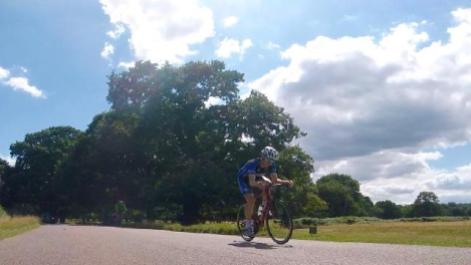I’ve always be fascinated by the field of artificial intelligence, but it is only recently that significant and rapid advances have been made, particularly in the area of deep learning, where artificial neural networks are able to learn complex relationships. Back in the early 1990s, I experimented with forecasting share prices using neural networks. Performance was not much better than the linear models we were using at the time, so we never managed money this way, though I did publish a paper on the topic.
I am currently following an amazing course offered by fast.ai that explains how to programme and implement state of the art techniques in deep learning. Image recognition is one of the most interesting applications. Convolutional neural networks are able to recognise the content and style of images. It is possible to explore what the network has “learnt” by examining the content of the intermediate layers, between the input and the output.
Over the last week I have been playing around with some Python code, provided for the course, that uses a package called keras to build and run networks on a GPU using Google’s TensorFlow infrastructure. Starting with a modified version of the publicly available network called VGG16, which has been trained to recognise images, the idea is to combine the content a photograph with the style of an artist.
An image is presented to the network as an array of pixel values. These are passed through successive layers, where a series of transformations is performed. These allow the network to recognise increasingly complex features of the original image. The content of the image is captured by refining an initially random set of pixels, until it generates similar higher level features.
The style of an artist is represented in a slightly different way. This time an initially random set of pixels is modified until it matches the overall mixture of colours and textures, in the absence of positional information.
Finally, a new image is created, again initially from random, but this time matching both the content of the photograph and the style of the artist. The whole process takes about half an hour on my MacBook Pro, though I also have access to a high-spec GPU on Amazon Web Services to run things faster.
Here are some examples of a cyclist in the styles of Cézanne, Braque, Monet and Dali. The Cézanne image worked pretty well. I scaled up the content versus style for Braque. The Monet picture confuses the sky and trees. And the Dali result is just weird.
References
Trained to Forecast – Risk Magazine, January 1993
A Neural Algorithm of Artistic Style, Leon A. Gatys, Alexander S. Ecker, Matthias Bethge













Thank you for writing tthis
LikeLike
Hi Eirn, you might like this one… https://science4performance.com/2018/09/26/cycling-through-artistic-styles/
LikeLike